Category: Welfare schemes for vulnerable sections – GS2K
CCTV IN CLASSROOMS- ANALYSIS
13, Jul 2019
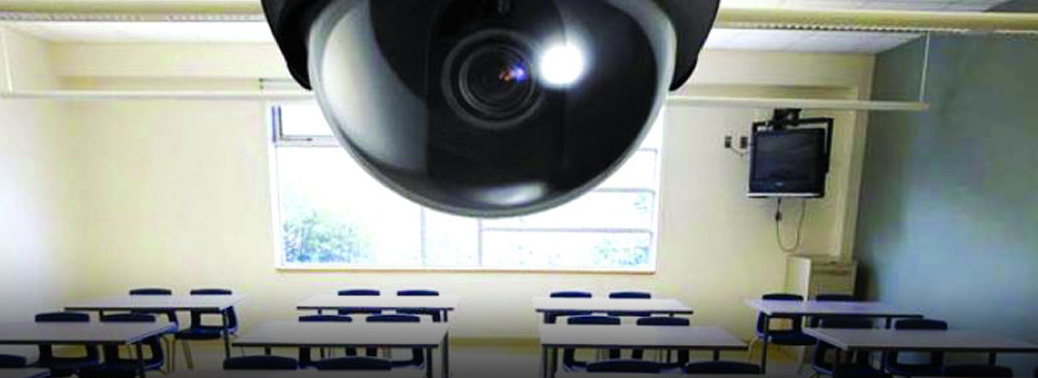
- Context– Project to install CCTV cameras inside all classrooms in Delhi state schools.
Delhi Government Stand:
Empowering Parents
- In private schools, parents are empowered by their own education and economic leverage due to the fees they pay. Parental oversight has been the bedrock of effective school management. CCTV surveillance would bring empowerment to parents.
Parent Participation
- School Management Committees (SMCs), parent bodies mandated by the Right to Education Act. They have been empowered to monitor and supervise basic deliverables of schools, such as teacher attendance, healthy mid-day meals, clean washrooms, drinking water, etc. The CCTV in classrooms project is the next step towards increasing accountability of schools.
Accountability:
- By sharing feeds with parents, it is actually ensuring that the crores of public money invested into CCTVs are not wasted.
- Often, CCTVs fail to serve their purpose for lack of motivated monitoring.
- Outsourcing of the monitoring to an invested stakeholder like parents is actually a smart innovation.
Child Care:
- The CCTV feeds can aid parents to identify several problems their children may be facing, including bullying, corporal punishment, inadequate attention spans, teacher absenteeism and even student truancy. It will empower them to not just raise their children better but also to ask the right questions to their child’s school.
Issue of Privacy Breach
- Classrooms cannot be classified as private by any stretch of imagination.
- feed being provided to parents is highly restricted.
- Only the feed for their own children will be provided to parents.
- The feed does not include audio, and can only be accessed live.
Deterrence for Crimes
- If CCTVs can be deterrents to crime outside schools, they can be deterrents within too.
Argument Against CCTV Installation in Schools:
The Aim of Education Isn’t Just Disciplinary:
- While a school is meant to teach discipline, it is also the space where students can make mistakes and subsequently learn from them.
- Creating panopticons inside schools instils fear, not values.
Classrooms Aren’t Public Spaces Either:
- Classrooms cannot be classified as private.
- However, schools are not as public as a footpath.
- The expectation of relative privacy is what allows students the freedom to express themselves, make mistakes, and inculcate creativity and imagination.
- The Delhi government cannot assume that constant surveillance of every activity will improve the learning environment.
Lack of digital infrastructure:
- Internet penetration in urban India still stands at 64.84%, including multi-SIM usage. In cases where parents don’t have smartphones and internet access, what does the government intend to do?
Phone sharing:
- Shared access to a phone is a common habit, and the Delhi government has still not clarified, despite our repeated queries, how they intend to verify a parent’s identity on the DGS Live app.
Access to Videos:
- Creating a massive repository of video footage of children is a phenomenally bad idea, and a violation of their privacy.
- In the absence of any legislative and judicial oversight, it can be easily abused.
Conclusion:
- There should be proper white paper published by Delhi Government regarding CCTV installation so that public understands the motives and undue activity can be restricted.
Pradhan Mantri Kisan Samman Nidhi (PM-KISAN)
19, Jun 2019
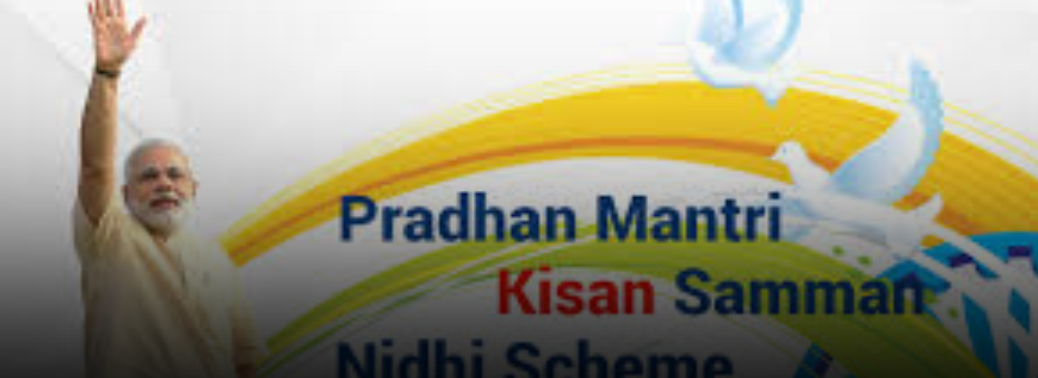
Objective:
- With a view to Augment the Income of the Small and Marginal Farmers (SMFs), the Government has launched a new Central Sector Scheme, namely, “Pradhan Mantri Kisan Samman Nidhi (PM-KISAN)” in the current financial year.
- The PM-KISAN scheme aims to supplement the financial needs of the SMFs in Procuring Various Inputs to ensure proper Crop Health and appropriate yields, commensurate with the anticipated farm income at the end of each crop cycle.
- This would also Protect them from Falling in The Clutches of Moneylenders for meeting such expenses and ensure their continuance in the farming activities
Definition of Families:
- The SMFs landholder farmer family is defined as “a family comprising of husband, wife and minor children who collectively own cultivable land upto 2 hectare as per land records of the concerned State/UT”
Fund:
- Financial year 2018-19, a budget provision of Rs. 20,000 crores has been kept.
Benefit to Eligible SMFs:
- Under the Scheme, a Direct Payment of Rs. 6000 per year will be transferred in three equal instalments of Rs. 2000 Every Four Months into the Aadhar ceded bank accounts of eligible landholding SMFs families.
Monitoring of the Scheme:
- For effective review and monitoring of the scheme, a Project Monitoring Unit (PMU) at Central level will be set up in DAC & FW.
Assam NRC: Supreme Court frowns on foreigners’ tribunals plan
10, May 2019
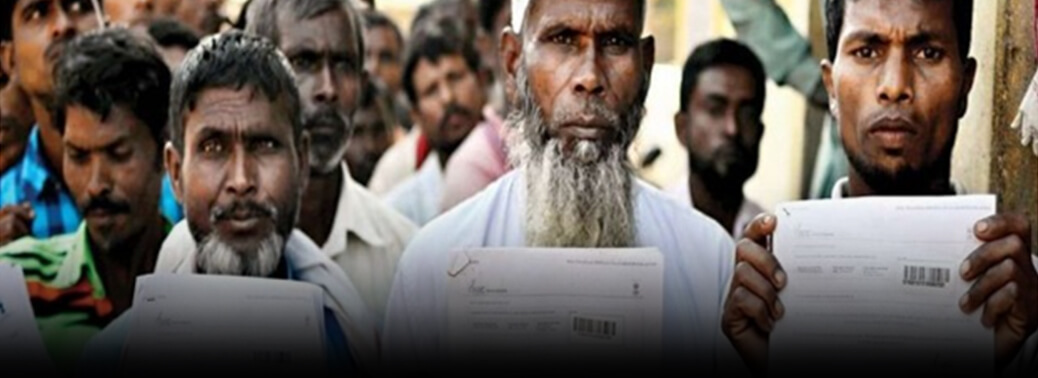
Why in news
- The Supreme Court questioned a proposal by the Assam government to quickly throw open 1,000 foreigners’ tribunals all over the northeastern State to try suspected illegal immigrants.
Details:
- A Bench led by Chief Justice Ranjan Gogoi said it looked like the State government hatched the plan without bothering to conduct a “basic study” of how to carry it out.
- A 1,000 tribunals means a 1,000 judicial officers to preside over them.
- The CJI hinted at the possible flood of petitions which would hit the foreigners’ tribunals once the final NRC was published
- These petitions would be from people who had not been able to prove their Indian citizenship.
- The court, which is also examining the plight of 900-odd illegal immigrants languishing in Assam’s detention centres for years, said it was in favour of releasing them.
What is National Register of Citizens (NRC)?
- National Register of Citizens, 1951 is a register prepared after the conduct of the Census of 1951 in respect of each village, showing the houses or holdings in a serial order and indicating against each house or holding the number and names of persons staying therein.
Who is a citizen in Assam?
- The Citizenship Act of 1955 was amended after the Assam Accord for all Indian-origin people who came from Bangladesh before January 1, 1966 to be deemed as citizens. Those who came between January 1, 1966 and March 25, 1971 were eligible for citizenship after registering and living in the State for 10 years while those entering after March 25, 1971, were to be deported.
Impact
- An updated NRC is likely to put an end to speculations about the actual number of illegal migrants in Assam in particular and the country in general.
- It will provide a verified dataset to carry out meaningful debates and implement calibrated policy measures.
- Publication of an updated NRC is expected to deter future migrants from Bangladesh from entering Assam illegally.
- The publication of the draft NRC has already created a perception that staying in Assam without valid documentation will attract detention/jail term and deportation.
- More importantly, illegal migrants may find it even more difficult to procure Indian identity documents and avail all the rights and benefits due to all Indian citizens.
- Inclusion of their names in the NRC will provide respite to all those Bengali speaking people in Assam who have been, hitherto, suspected as being Bangladeshis.
Way Forward
- India, as a country which follows the ideology of ‘VasudhaivaKutumbakam’, should not be hasty in taking decisions that can disenfranchise her citizens – contradicting its centuries-followed values.
- The need of the hour is that Union Government should clearly chart out the course of action regarding the fate of excluded people from final NRC data and political parties should refrain from coloring the entire NRC process through electoral prospects that may snowball in to communal violence.
- There is a need for a robust mechanism of legal support for the four million who have to prove their citizenship to India with their limited means.
KOLAM TRIBE
09, May 2019
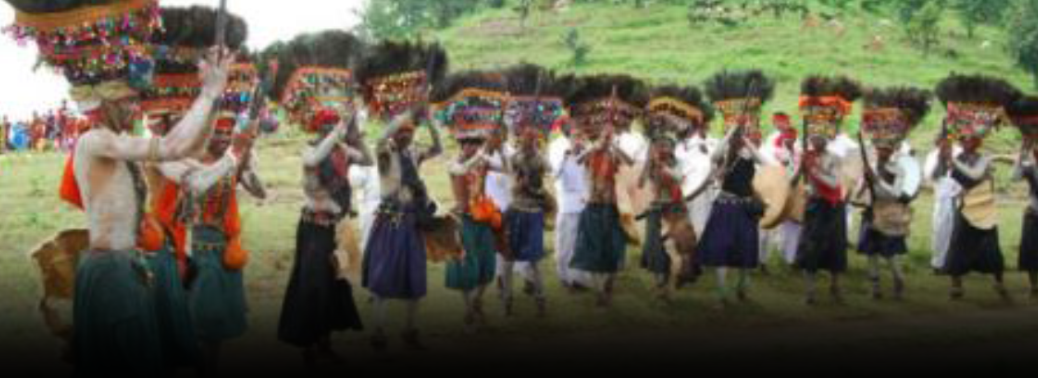
Why in News:
- Four children belonging to the aboriginal Kolam tribe from Narnoor mandal in Adilabad district died after food poisoning
Details
- Kolam are a designated Scheduled Tribe in the Indian states of Andhra Pradesh Chhattisgarh Madhya Pradesh and Maharashtra.
- They belong to the sub-category Particularly vulnerable tribal group, one of the three belonging to this sub-category.
- They speak the Kolami language, they are an agricultural community. The Kolam are an endogamous group.
- They have a high rate of returning positive to the Naked eye single tube red cell osmotic fragility test (NESTROFT) test, making them prone to high incidence of Thalassaemia.
Government initiative for tribes:
- The Tribal Sub Plan (TSP) strategy is a Government of India initiative aimed for the rapid socio-economic development of tribal people.
- The National Commission for Scheduled Tribes is vested with the duty to participate and advise in the planning process of socio-economic development of STs, and to evaluate the progress of their development under the Union and any State.
CJI SEXUAL HARASSMENT CASE: HAVE A RIGHT TO COPY OF BOBDE PANEL REPORT, SAYS COMPLAINANT
08, May 2019
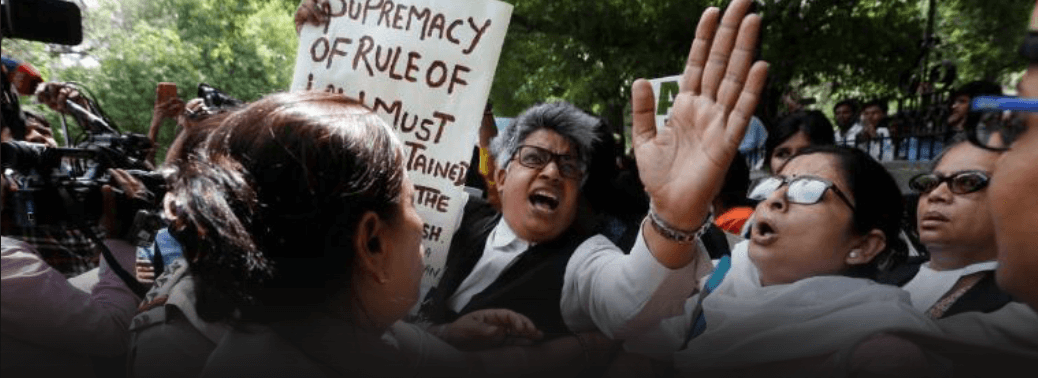
Why in News:
- The former apex court staffer wrote to the in-house panel, which found “no substance” in her sexual harassment allegations against the CJI.
Details:
- If a copy of the report is being given to the CJI directly or indirectly, I am entitled to a copy thereof in any case,” the woman appealed to the committee.
- The Sexual Harassment of Women at the Workplace (Prevention, Prohibition and Redressal) Act, 2013, in Section 13 provides that both parties have a right to receive a copy of the report.
- Not providing a copy to the complainant while holding her complaint to be unfounded would be a violation of the principles of natural justice and a complete travesty of justice,” the Supreme Court is relying on a judgment which pre-dates the Right to Information (RTI) Act of 2005 which mandates the fundamental right to information.
Under RTI:
- The complainant she quoted a full-bench judgment of the Delhi High court in the case of disclosure of assets of judges, saying “the full bench had held that even assets of judges would be accessible under RTI to any citizen”
- The complainant said she had been treated as an “outsider” from the very beginning of the inquiry process.
What were the earlier Vishaka guidelines?
- The Vishaka guidelines were laid down by the Supreme Court in Vishakha and others v State of Rajasthan judgment in 1997.
- It imposes three key obligations on employing institutions – prohibition, prevention, and redress. The institutions are mandated to establish a Complaints Committee.
- This was to look into matters of sexual harassment of women at the workplace. These guidelines are legally binding
Sexual Harassment of Women at Workplace
- Sexual Harassment of Women at Workplace (Prevention, Prohibition and Redressal) Actwas passed in 2013. It broadens the Vishaka guidelines, which were already in place.
- An aggrieved victim is a woman “of any age whether employed or not”, who “alleges to have been subjected to any act of sexual harassment”.
- The Act thus covers the rights of all women working or visiting any workplace, in any capacity. Sexual harassment is any one or more of “unwelcome acts or behaviour”, committed directly or by implication.They include:
- Physical contact & advances
- A demand or request for sexual favours Sexually coloured remarks
- Showing pornography
- Any other unwelcome physical, verbal or non-verbal conduct of sexual nature






